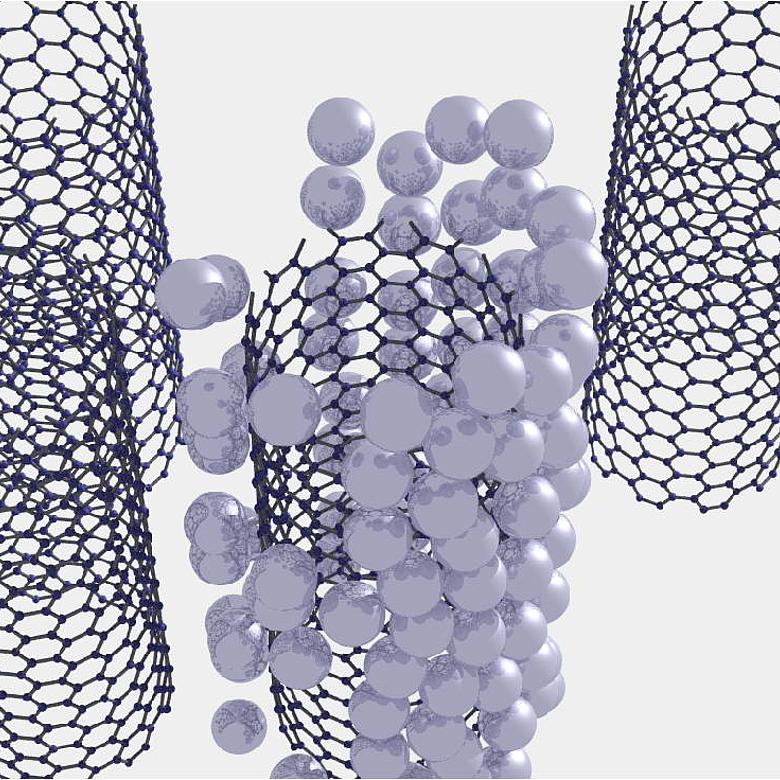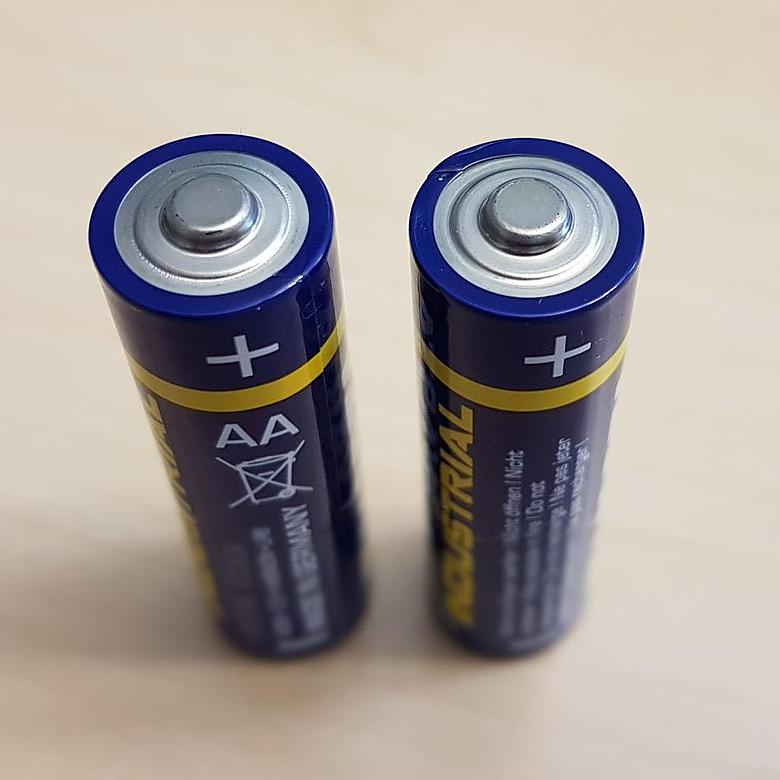Nano-technology is concerned with the production, manipulation and application of materials with a structure size up to 100nm. In doing so, it makes use of the special physical effects in the nano-range, such as, for example, quantum effects and diffraction of light from periodic nano-scale structures to create new optical, electrical and mechanical properties of materials. Nano-electronics (e.g., one-electron transistor, spintronics or molecular electronics, bottom-up approach, self-assembly), nano-robots, but also the use of nano-particles in a variety of products e.g. in the field of coatings (anti-adhesive or anti-reflexion) are ways for using nano-technology across a wide range of branches and industry sectors for a wide range of applications.
Composite materials or composites are the basis for several applications and combine the outstanding properties of different components to create products with particular mechanical properties, for example.
Fiber reinforced composites with carbon fibers or natural fibers, laminates, as well as particle composite materials, for example with a polymer matrix or ceramic matrix, are examples of how the different advantages of the individual materials in the final material can be combined in an application specific manner and how their disadvantages can be excluded. Our team can provide expert support in the efficient obtaining of patent protection for these modern materials.
In order to make energy available at all times, energy storage has a place in our society that can no longer be ignored. In addition to conventional energy storage devices such as batteries and capacitors, electro-mobilization is an increasingly demanding technology that requires high energy storage in a small space with a minimum weight. New batteries, storage systems for fuels such as methanol or hydrogen for fuel cells, but also super-capacitors for the rapid storage and release of energy represent challenges with very high development expenses.



